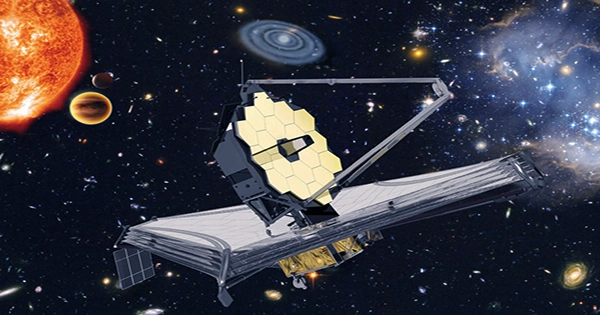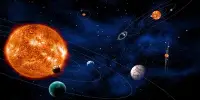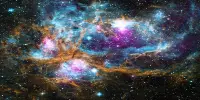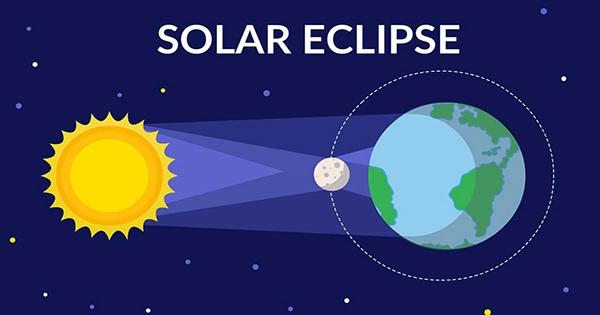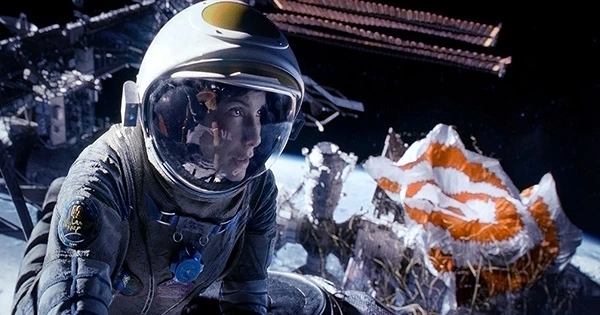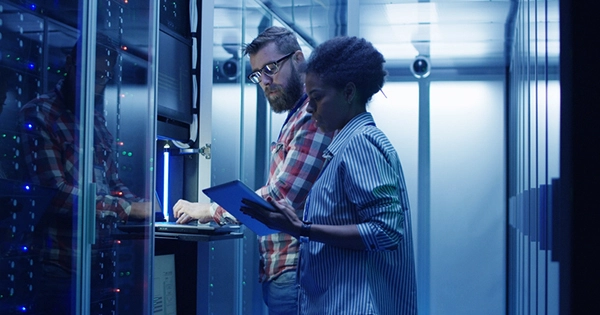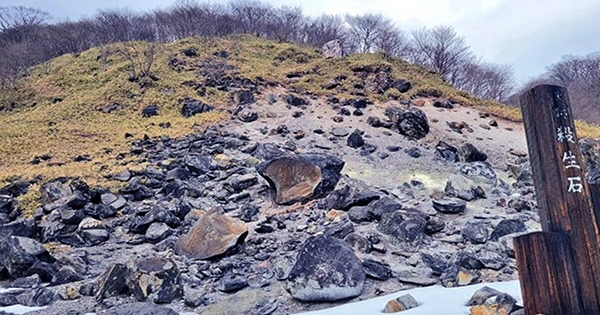Nowadays, space selfies are all the rage. They used to be limited to Martian rovers and some good photoshop to remove the camera arm, but today we have rovers with wireless cameras, orbiters that release miniature cameras, and even spaceships with surprise selfie sticks. JWST is now included in this category. NASA released the first photographs from JWST last week, which are fantastic but a little fuzzy. They also slipped in a surprise selfie of the next-generation space telescope alongside those boundary-pushing photographs.
Hubble’s successor, on the other hand, will not require special arms. NIRCam, JWST’s principal instrument camera, includes a unique lens that may be used during engineering activities. It is now aligning the 18 segments of its primary mirror. The selfie adds to the information provided by the telescope’s first photographs, which show where each mirror is pointed. One of the hexagonal portions is quite brilliant, as you can see in the image. That was the one pointing to HD 84406, a brilliant and lonely star in the constellation Ursa Major that was ideal for JWST scientists to employ in the alignment procedure.
The other portions are clearly not yet aligned in the same way. The optics of the telescope will be completely aligned in three months, allowing the science mission to commence. JWST, the world’s newest space observatory, has finally captured its first photons of light. The light emanates from a star in the constellation Ursa Major, the great bear, and travels through the telescope, reflecting from the primary mirror to the secondary, tertiary, and finally into the Near Infrared Camera (NIRCam) equipment.
This is the start of the alignment process, which will span three months. The photos gathered thus far have little scientific worth, but they have a lot of technological value. The team of engineers and scientists will use them to gradually position the mirrors so that the telescope is precisely focussed and ready to peek back to the time when the first stars and galaxies formed.
“This is the first of many steps that will be taken to collect photos that are initially unfocused and use them to fine-tune the telescope.” The researchers said in a blog post that “this is the very beginning of the process, but so far the initial results match expectations and simulations.”
